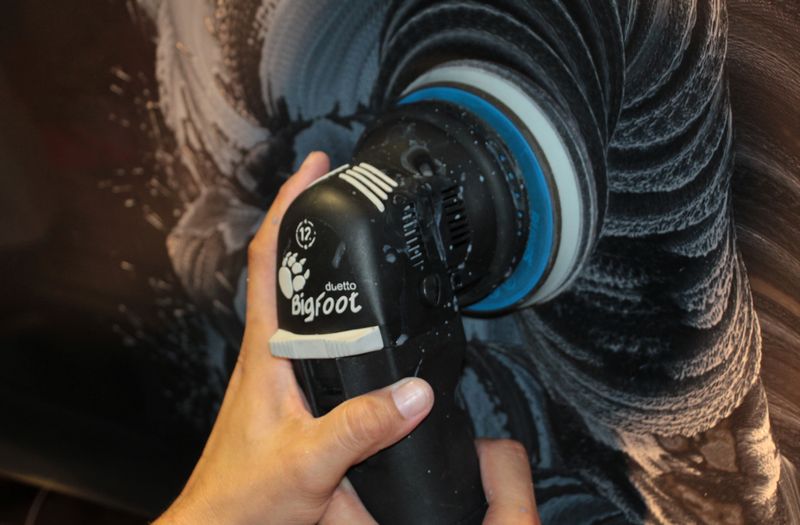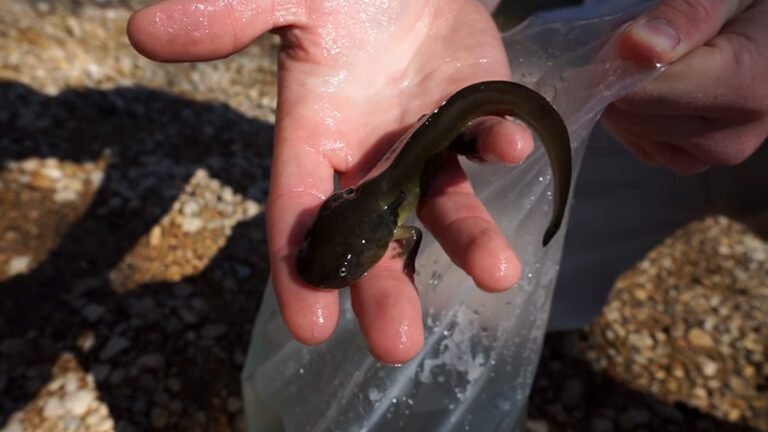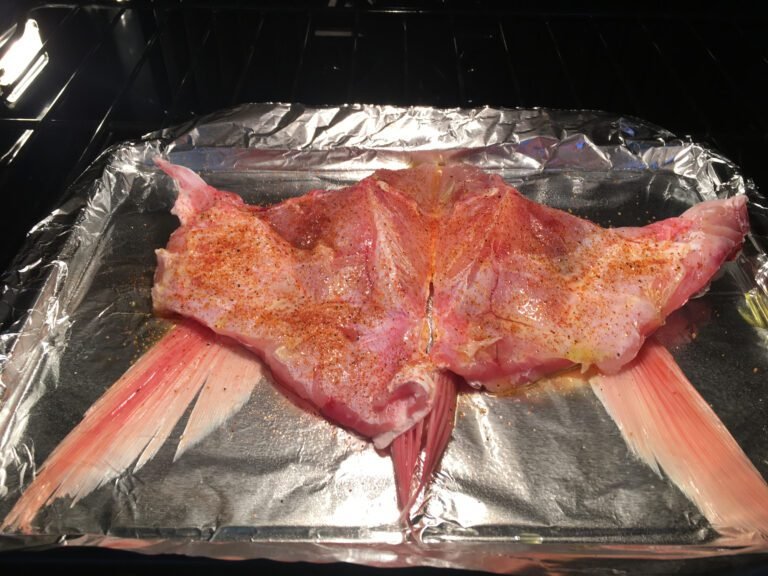How to Wet Sand Gelcoat | Sanding Technique 2025
To wet sand gelcoat, you will need to start with a very fine grit sandpaper and work your way up to a medium grit. Wet sanding will help to remove any imperfections in the gelcoat and leave it smooth and shiny. Always make sure to keep the area you are working on wet while sanding.
- Wet the sandpaper with water to prevent it from clogging and to lubricate it
- Rub the sandpaper over the gelcoat in a circular motion until you have achieved the desired level of smoothness
- Rinse off the gelcoat with water afterwards to remove any debris
Wet Sanding Gelcoat by Hand
Wet sanding gelcoat is a great way to get a smooth, consistent finish on your gelcoat surfaces. By wet sanding, you can avoid the risk of damaging the gelcoat or creating inconsistencies in the finish. Here are some tips for wet sanding gelcoat by hand:
1. Always use a clean, damp cloth when sanding. This will help to avoid scratches and swirl marks.
2. Start with a coarse grit sandpaper and work your way up to a finer grit as needed.
3. Sand in small circles or back and forth motions until you achieve the desired results.
4. Wipe away any dust or debris after each pass with the damp cloth.
Wet Sanding Oxidized Gelcoat
If you have an older boat with oxidized gelcoat, you may be wondering if it’s worth the effort to wet sand and buff it out. The answer is yes! Wet sanding and buffing is a great way to restore the shine to your gelcoat and make your boat look new again.
The first step is to wet sand the entire hull with 1200 grit sandpaper. This will remove any existing oxidation and give you a smooth surface to work with. Next, you’ll need to apply a rubbing compound to a buffer pad and start buffing the hull.
Be sure to move the buffer in small circular motions and work your way from the top of the hull down.
After buffing, you’ll want to apply a wax or sealant to protect the newly restored gelcoat. This will help keep it looking shiny and new for longer!
How to Wet Sand a Fiberglass Boat
If you’re looking to wet sand a fiberglass boat, there are a few things you’ll need to keep in mind. First, you’ll need to use a course grit sandpaper. This will help remove any imperfections in the gelcoat.
Next, you’ll want to make sure you’re using a block sander. This will help evenly distribute the pressure as you sand. And finally, be sure to wet the area completely before beginning to sand.
This will prevent any damage to the fiberglass and help create a smooth finish.
Boat Wet Sanding near Me
Boat wet sanding is an essential part of the boat detailing process. Wet sanding removes oxidation, chalking, and stains from the gelcoat surface of your boat. It is important to use the correct type and grade of sandpaper when wet sanding your boat.
The wrong type or grade of paper can damage the gelcoat surface.
There are several types of sandpaper that can be used for wet sanding boats: aluminum oxide, silicon carbide, and zirconia alumina. Aluminum oxide is the most common type of abrasive used for wet sanding boats.
Silicon carbide is a harder abrasive than aluminum oxide and is better suited for removing heavy oxidation. Zirconia alumina is a very hard abrasive and should only be used on extremely oxidized surfaces.
Wet sanding should be done with a sponge or damp cloth to keep the surface moistened and prevent clogging of the paper.
Sand in a circular motion using light pressure until the entire surface has been evenly abraded.
What Grit Sandpaper for Gelcoat
Grit sandpaper is a type of abrasive paper that is used to remove paint, varnish and other finishes from surfaces. It is also used to sand down wood and metal. The term “grit” refers to the size of the particles in the paper.
The larger the grit number, the finer the particles. Gelcoat is a type of synthetic resin that is often used as a protective coating on boats and other vehicles. It is also used in composite materials such as fiberglass.
When sanding gelcoat, you should use a very fine grit sandpaper so that you do not damage the surface.

Credit: www.autogeekonline.net
Can You Wet Sand Gel Coat?
Gelcoat is a type of resin that is used as a protective coating on boats and other vehicles. It is usually applied in a thin layer, and then cured with UV light or heat. Gelcoat can also be applied by spraying, rolling, or brushing it on.
Wet sanding gelcoat is a process of using wet sandpaper to smooth out the surface of the gelcoat so that it becomes shiny and smooth.
Wet sanding gelcoat is not a difficult task, but there are a few things you need to keep in mind in order to do it properly. First, you need to make sure that the area you are working on is clean and free of any dirt or debris.
Next, you will need to wet the sandpaper before starting to sand. This will help to prevent the paper from clogging up with dust and will also help to create a smoother finish.
Once you have wetted the paper, start sanding in small circular motions until you have achieved the desired level of shine.
If necessary, you can use different grades of paper until you get the perfect finish. Remember to always work in well-ventilated areas and wear proper safety gear such as gloves and goggles when working with chemicals or power tools.
What is the Best Sandpaper for Wet Sanding Gelcoat?
If you are wet sanding gelcoat, you will want to use a very fine grit sandpaper. The best grits to use are 2000-4000. These grits will remove the scratches left by the previous grits and leave a smooth finish.
What Liquid is Used for Wet Sanding?
There are a few liquids that can be used for wet sanding, but the most common is water. Wet sanding with water will help to reduce the amount of dust created while sanding, and it will also keep the surface you’re working on cooler than if you were to dry sand. Other liquids that can be used for wet sanding include oil, soapy water, or even WD-40.
How Soon Can You Sand Gelcoat?
Gelcoat is a type of resin that is used to protect the hulls of boats. It is applied as a thick coating and then allowed to cure. Once it has cured, it can be sanded down to create a smooth surface.
The curing process can take anywhere from 24 to 48 hours, depending on the temperature and humidity levels. Once the gelcoat has cured, you can start sanding it down. It’s best to use a fine-grit sandpaper for this task so that you don’t damage the underlying layer of fiberglass.
If you’re working on a larger area, you may want to use an orbital sander or power washer with a sanding attachment. Just be sure not to apply too much pressure as this could cause the gelcoat to crack or chip.
Learn How to Wetsand your Boat!
Conclusion
After reading this blog post, it is clear that wet sanding gelcoat is a relatively simple process that can be completed with just a few tools and materials. Wet sanding gelcoat will remove any imperfections in the surface of the gelcoat and leave it looking smooth and shiny.






